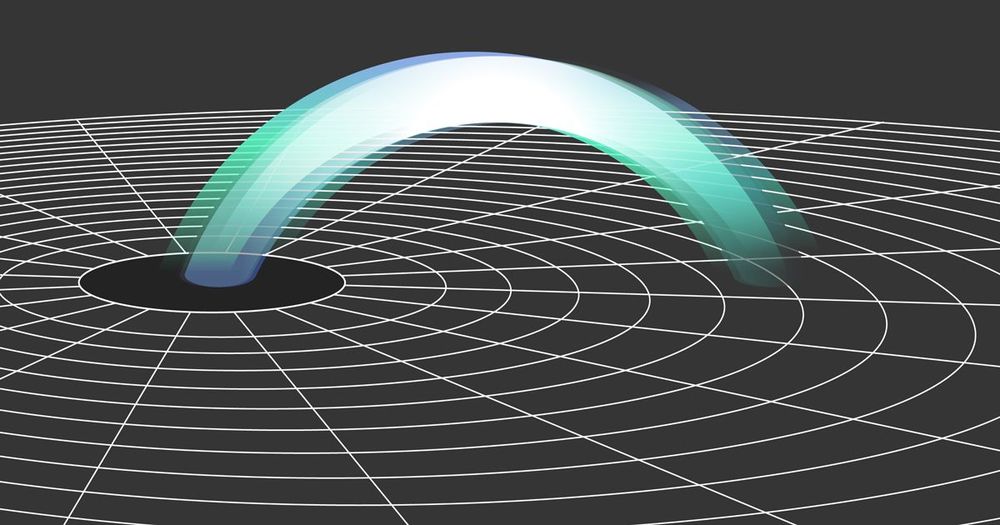Circa 2018
Laser and particle system produces three-dimensional moving images that appear to float in thin air.
Circa 2018
Laser and particle system produces three-dimensional moving images that appear to float in thin air.
Circa 2019
The Star Wars-like tactile 3D display isn’t a conventional hologram.
As the April 23rd French presidential election approaches, candidates are predictably stumping to bring voters out, but far-left candidate Jean-Luc Mélenchon may have the most effective strategy: using an optical illusion, he beamed “holograms” of himself to six cities around the country.
As Le Parisien reports, Mélenchon, who is often compared to Bernie Sanders, uses a technique known as Pepper’s Ghost (and not technically a hologram) to broadcast a 2-D version of himself. From Dijon, he simultaneously appeared in seven places at once yesterday.
Circa 2016
The tactile sensation is said to be very realistic-feeling.

Black holes are one of the most mysterious objects astronomer have encountered so far. And a new study proposes that black are nothing but just a holographic projection, with a new calculation of the entropy — or also known as disorder. These calculations suggest that these giant enigmas of the Universe being nothing but an optical illusion. Holograph hypothesis was first proposed by physicist Leonard Susskind back in the 1990s, according to this theory, mathematically speaking, the Universe requires just two dimensions — not three — for the laws of physics and gravity to work as they really should.

A BONKERS Russian billionaire claims he’ll make you immortal by 2045.
Internet businessman Dmitry Itskov, 38, is bankrolling a far-fetched plan to uploaded people’s personalities to artificial brains.
These “brains” can then be jammed into robots or holograms, allowing us to live on forever as artificial versions of ourselves, Dmitry claims.

Water is special even based on its simple physical properties since it is the only substance on earth that can be found in all three states (liquid, solid, gas). However, scientists at the US Department of Energy Oak Ridge National Laboratory (ORNL) have discovered new properties of water that go beyond the known laws of classical physics says the phys.org scientific news portal.
Passes through solid walls.
Some scientists think so.
They argue that all the information in the universe may be stored on some sort of two-dimensional object. In this video, NASA astronomer Michelle Thaller delves into frontier science — an unchartered territory that may require a new level of physics to better understand.

The use of ultrasound waves allows the device to produce audible noise as well as a physical sensation.
“Even if not audible to us, ultrasound is still a mechanical wave and it carries energy through the air,” researcher Diego Martinez Plasencia said in the press release. “Our prototype directs and focuses this energy, which can then stimulate your ears for audio, or stimulate your skin to feel content.”
The researchers envision future versions of the device making use of multiple beads to create even more detailed holograms. And perhaps even more exciting than the prototype itself is the fact that, unlike many cutting-edge technologies, this one might not have too much difficulty making the leap to consumer product.